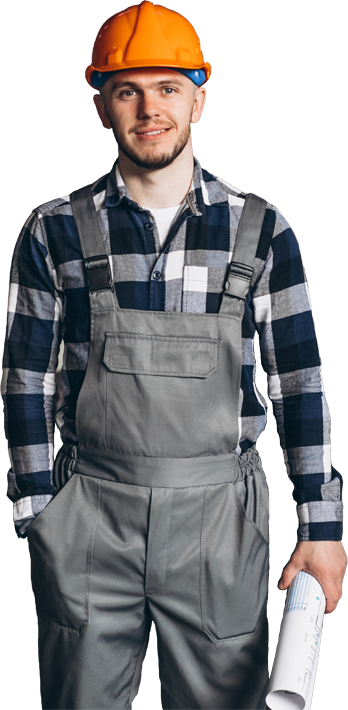How UV Stabilizers Improve Plastic Durability
How UV Stabilizers Improve Plastic Durability
Plastics are used in everything from packaging and automotive parts to construction materials and outdoor furniture. While they offer flexibility, cost-effectiveness, and ease of processing, one major challenge they face is degradation from sunlight. Prolonged exposure to UV (ultraviolet) rays can lead to discoloration, brittleness, and a shorter product lifespan. That’s where UV stabilizers come in. This guide will explore how UV stabilizers improve plastic durability, making materials more resistant to sunlight and environmental wear.
Why UV Exposure is a Problem for Plastics
Plastics are made of long polymer chains, which are vulnerable to the damaging effects of UV light. When plastic is exposed to sunlight over time, UV radiation breaks down these chains through a process called photo-degradation. The result? Cracks, fading, chalking, and loss of mechanical strength.
Outdoor products, especially in agriculture, construction, and automotive industries, are at high risk. Even indoor products placed near windows can suffer from UV damage. This is why understanding how UV stabilizers improve plastic durability is crucial for manufacturers looking to extend product life and performance.
What Are UV Stabilizers?
UV stabilizers are additives mixed into plastic materials to protect them from the harmful effects of ultraviolet radiation. They don’t block UV light entirely but work by absorbing or neutralizing it before it can degrade the polymer structure.
There are several types of UV stabilizers:
-
UV Absorbers: Compounds like benzotriazoles and benzophenones that absorb harmful UV rays.
-
HALS (Hindered Amine Light Stabilizers): These don’t absorb UV but instead neutralize free radicals formed by UV exposure.
-
Quenchers: These deactivate excited molecules before they can cause damage.
All these additives play a role in how UV stabilizers improve plastic durability, depending on the product’s material type and environmental exposure.
How UV Stabilizers Work in Practice
To truly understand how UV stabilizers improve plastic durability, let’s take a look at how they function during and after manufacturing.
-
Incorporation During Processing
UV stabilizers are usually added during the compounding or extrusion phase of plastic manufacturing. This ensures even distribution throughout the material. -
During Use
Once in the field, UV stabilizers start working immediately. Absorbers filter out UV radiation, while HALS stop free radical reactions that would otherwise break down the polymer chains. -
Extended Lifespan
With UV protection in place, plastics maintain their color, shape, flexibility, and mechanical strength far longer than untreated materials.
For example, agricultural films used in greenhouses benefit greatly from HALS, while polycarbonate sheets in construction often use UV absorbers for optical clarity and strength.
Industries That Rely on UV Stabilizers
UV stabilizers are used across a wide range of sectors where plastics face sunlight exposure. Here’s how UV stabilizers improve plastic durability in key industries:
1. Automotive
Car interiors and exteriors are exposed to intense sunlight and heat. UV stabilizers help prevent fading of dashboards, bumpers, trims, and more.
2. Agriculture
Mulch films, irrigation pipes, and greenhouse covers rely on HALS to maintain flexibility and strength throughout growing seasons.
3. Construction
Pipes, cladding, roofing membranes, and geotextiles use UV stabilizers to resist environmental stress and ensure long-term reliability.
4. Packaging
Certain food and beverage packaging requires UV protection to maintain both the packaging integrity and the quality of contents.
5. Consumer Products
Outdoor furniture, garden tools, and toys stay looking new and last longer when UV stabilizers are added during production.
This real-world relevance reinforces the importance of knowing how UV stabilizers improve plastic durability in product design and development.
Benefits of Using UV Stabilizers
Aside from increasing lifespan, UV stabilizers offer a range of other advantages:
-
Aesthetic Preservation: Prevent yellowing, chalking, and color fading.
-
Improved Safety: Avoid embrittlement that can lead to breakage or failure.
-
Cost Efficiency: Lower replacement and maintenance costs over time.
-
Sustainability: Products last longer, reducing waste and the need for frequent replacements.
Many manufacturers today are also opting for UV stabilizers in conjunction with other additives like antioxidants or flame retardants to further boost product performance and safety.
Choosing the Right UV Stabilizer
The effectiveness of UV stabilizers depends on:
-
Polymer Type: Some plastics like polyethylene, polypropylene, and PVC need different stabilizer types.
-
End Use Environment: Consider the intensity and duration of UV exposure.
-
Additive Compatibility: Ensure stabilizers don’t interfere with other functional additives.
-
Processing Temperature: Some stabilizers degrade at high temperatures, so thermal stability is crucial.
Often, a combination of HALS and UV absorbers delivers the best long-term protection, especially for outdoor applications.
Final Thoughts
UV radiation is one of the most damaging environmental factors for plastic materials, leading to faded color, cracks, and performance failure over time. Fortunately, UV stabilizers provide a practical and effective solution. As we’ve explored, how UV stabilizers improve plastic durability is through their ability to absorb harmful rays, neutralize radicals, and maintain the integrity of polymers under prolonged exposure.
Whether you're producing automotive parts, greenhouse films, packaging, or outdoor furniture, integrating the right UV stabilizer can significantly increase your product’s longevity, reduce costs, and improve customer satisfaction. Now that you understand how UV stabilizers improve plastic durability, you’re better equipped to make smart material choices for long-lasting plastic products.

